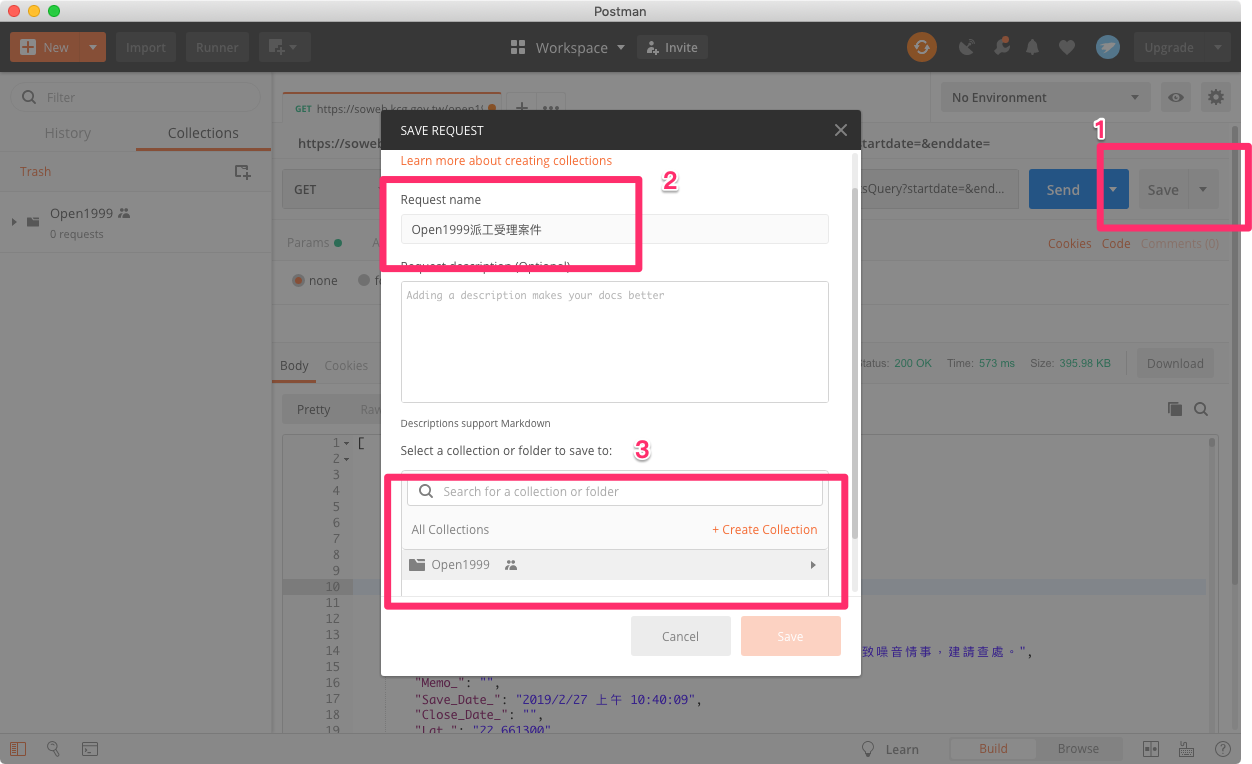
In security parlance, ipfw is a packet-filtering firewall: it checks each packet coming or going through the Mac’s network interfaces against a set of rules, and allows it to pass or blocks it. Selecting the option to 'Block all incoming connections' prevents. This will uncompress the file, and you’re good to go.īlock all incoming connections. Step 2: Long-press the file and click the Uncompress button.


Step 1: Locate the file in the Files app. Try Export - Other - Mac OS X Application bundle. AFAIK Eclipse can create Mac app bundles for Java projects, though i'm not used it and can't say how it works. To create the jar files for the classes created from the above command. (Alternatively, copy it from an existing app as described in steps 2 and 3.) Right-click the.app file of which you want to change the icon and select “Get Info” (or select the file. Adding a custom app icon Create an.icns file or a 512×512 PNG image with the icon you want, and copy it to the clipboard (⌘ + C). Use the Create Application Wizard to create an application for the Mac software. Before you can create Configuration Manager applications from Mac software packages, you must use the CMAppUtil. Read more about managing SSL certificates in the native apps, or troubleshooting self-signed SSL certificates in the Postman app.Steps to create and deploy an application Step 1. In the console, inspect the certificate that was sent along with the request. Make sure you’re using https so the client certificate is sent along with the request. Once you add a new client certificate, open up the Postman console and send a request to the configured domain. This means that for all HTTPS requests sent to this configured domain, the certificate will be sent along with the request. When you add a client certificate to the Postman app, you associate a domain with the certificate. If you’re using HTTPS in production, this allows your testing and development environments to mirror your production environment as closely as possible. Using the Postman native apps, you can view and set SSL certificates on a per domain basis. If a server requires this type of client authentication, the client is required to send the associated SSL certificate along with any requests.

If you’re submitting sensitive data such as passwords or payment information, these certificates are often used in testing and development environments to provide a layer of security for an API. These certificates provide secure, encrypted communications between a client and a server. Secure Sockets Layer (SSL) certificates are a way of authentication for some servers using the SSL encryption protocol. If this topic interests you, check out this related post about SSL certificates.


 0 kommentar(er)
0 kommentar(er)
